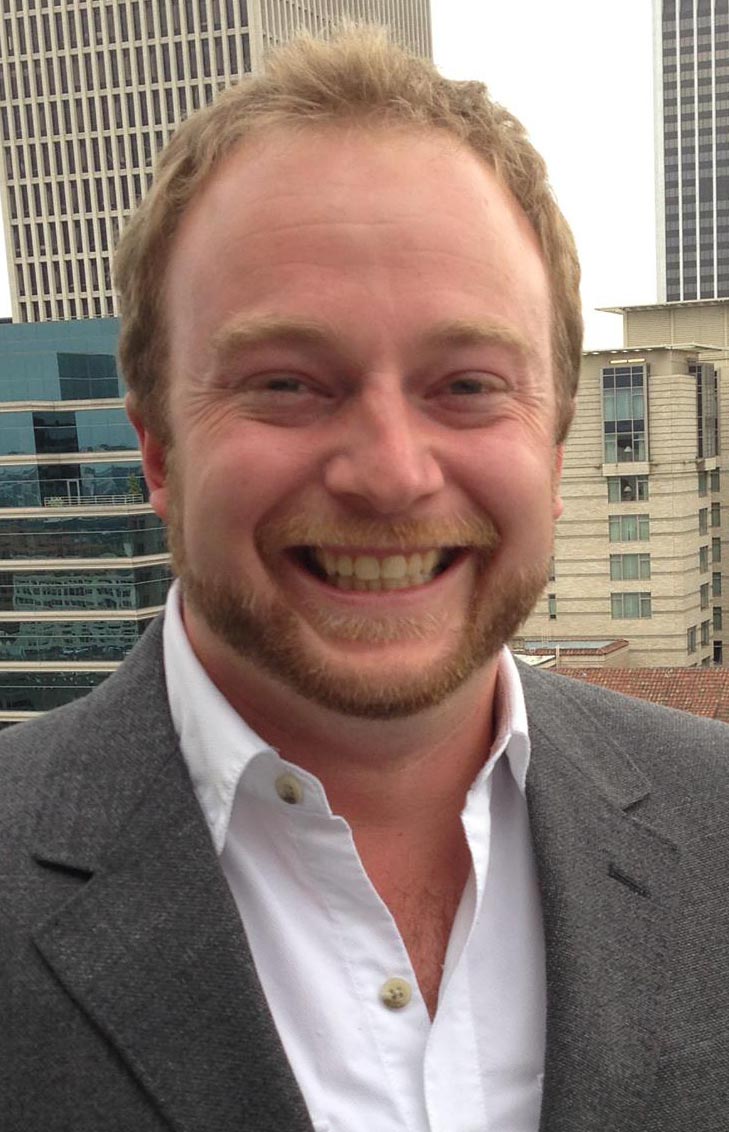It’s 6:00 PM on a Tuesday and Lindsey is taking her kids to swim practice. In the back seat they’re talking excitedly about whatever the new game is while struggling to share an iPad, worn out from the day of school but excited for the evening ahead. Meanwhile, Lindsey is thinking about RSVPs for a birthday party and debating whether it’s worth fighting traffic to the grocery store while the kids are at the pool. She’s a little worried that the kids are getting too much screen time. Wondering if her son remembered to practice the guitar. Debating whether her daughter is too young for her first sleepover, which is coming up next weekend. Starting to make plans before the summer. What will she do when the school bus stops coming?

It’s 6:00 PM on a Tuesday and Sue just dropped her son off at my clinic for speech therapy. She’s exhausted after a long day of work followed by a meeting with the administrators at his school. He was restrained again today after grabbing the hair of a teacher in his self-contained classroom (although they don’t call it that). Sue’s frustrated, but she’s seen a lot of growth in the past year; he can sit at the table for more than ten minutes for dinner. He can tie his shoes, although the bathroom is still a challenge. He has plenty of words now, although they never have anything to do with the rest of the conversation. She thinks her private occupational therapist and speech therapist are helping a lot, and she’s considering seeing a behavior specialist. She wonders, though: Is she doing enough? How can she be more available for him, especially when she depends on her job for the insurance used for this appointment? What will happen in three years, when he turns 18? What will she do when the school bus stops coming?
In the traditional model, “therapy” in some form is the extracurricular activity of the neurodiverse. There are soccer moms and karate dads, but then there are occupational therapy moms and speech therapy dads. There are kids who go learn how to swim in a pool, and kids who go learn how to swim through the foreign waters of participation in daily life. The same is true of cocurricular activities; specialists pull students from art and physical education before they pull from classes like science and math. There’s a big question here that often lingers unasked: What, in the broadest sense, are we really trying to teach? Ostensibly, we are trying to provide instruction that affords children with Autism the ability to behave and communicate in the same “expected” fashion as their typically developing peers. One of many problems with that statement is the fact that we’re doing so in the face of their vastly different experiences and perceptions of life.
Across all cultures, children – and humans as a whole – follow a generally similar developmental trajectory. There’s birth, youth, adolescence, education, mating, aging, and more, not necessarily in that order. For every one of those milestones there are many of us who just hit a wall, either temporarily or permanently. For me it was college, where I finally had to confront an attention deficit that stopped me in my tracks. For children with Autism those walls can be taller and can take many forms. We invest a lot of energy into helping them get over those walls and back on the same path, but only rarely does it feel that we acknowledge there may be a different path, a route around the wall that affords a journey different but no less extraordinary.
As related health professionals, it’s easy to get lost in a little hole with a little wall around it and limit our knowledge to that space. When we look across the battlefield we see other holes with other walls, some of them scorched from conflict. Behavior? Well, that’s ABA (or is it SLP? Or OT? Or psychology?). Sensory problems with food? Well that’s SLP (or is it OT? Or ENT?). Social communication? Well that’s counseling (or is it SLP?). Sometimes it feels like we fight so much about the who, where, and how that we forget about the what and why. Is conformance with typical developmental expectations really the ultimate goal of therapy? When a square peg doesn’t fit in a round hole, whose fault is that? The peg, the hole, or the person trying to jam it in?
To be clear, I’m not trying to undervalue the who, where, and how; many greater minds than mine have worked to find those answers, and evidence-based practice is an ethical obligation of any health professional. What I’m saying is that we also have an ethical obligation to think outside of that space, primarily because the current model just isn’t working. Insurance funding for children with Autism does not – for the most part – provide access to the holistic, interdisciplinary therapeutic model that families want and need. Now we are in an environment where insurance billing has become a source of conflict between professions, when really it should be an opportunity for us to invite more people in. If we can’t get reimbursed for the frequency of therapeutic visits we feel is appropriate, then let’s find experiences and instruction that can complement our services without requiring the same rigorous practices (and their concomitant cost). If our goal as professionals is the growth and happiness of the children we serve, then it really shouldn’t matter who facilitates it, provided we can ensure it is done ethically, responsibly, and in a way supported by the science.
I asked Lindsey what she wanted her kids to learn at swim lessons, and she said self-discipline; bodily awareness; teamwork, friendship, and social intelligence; perseverance in the face of hardship; flexibility in the face of failure. I asked Sue what she wanted her son to learn in therapy, and her answer was almost word for word the same. I wonder whose program will be more successful, given that the swim instructor automatically has access to something I don’t: An instructional context that’s aligned with social and developmental expectations. If swimming with same-age peers is a better program for learning social skills and flexibility, professional scuffles about scope of practice will become moot as every child with autism is pulled out of therapy and enrolled at the YMCA. In my experience, the only people who actually care what letters I have after my name are the insurance companies. Are those letters a gateway to entry, or are they a cage?
A few months ago I met with an Autism researcher at a medical university who shared with me some fascinating facts about his past working with rodents. For years he injected mice with various toxins and environmental agents in an effort to create Autism, and he finally “succeeded” – at least insomuch as he created antisocial mice with sensory preferences. Then he changed the size of the cages where the mice were held, and everything disappeared. He couldn’t reproduce his results. He said that his research and career was held in a “cognitive jail imposed by size eight shoes,” referring to the experimental restrictions imposed by the industry-standard size of rodent cages. If that fundamental convention was wrong, then what did that mean for all the assumptions based on it? An intellectual house of cards built by a century of researchers comes crumbling down because of a few square inches of shoebox.
I worry about the professional cages we’ve built for ourselves. Some are so large and flexible that I can’t make out the horizons, and some are so small and rigid that they barely seem to contain anything at all. To what extent are we jailed by the conventions of our practice? Meanwhile, while we argue in the ivory tower about who gets to do the things that work, there are other people setting up shop outside selling predatory hocus pocus that doesn’t work. Professionals in our field have lost the public trust because we let the snake oil brokers hold the microphone for too long. Let’s take a different path back to the stage. Let’s shake off the cognitive jail, assume everything we know is wrong, and worry about parceling out the who, where, and how when we’re confident we’ve nailed down the what and the why. Let’s build a constellation of evidence-based support as varied and unique as the children that we serve, and let’s do it together; there’s no one-size-fits-all approach to therapy, and there’s something bizarrely paradoxical about being rigid in service of a population that ostensibly needs to learn flexibility.
It’s 7:00 PM on a Tuesday and Lindsey is back at the pool picking up her kids. I finish working with Sue’s son and walk back into the lobby (the last question he asks me: “Are names still words, even if they’re weird?”). As she’s checking out, my office manager tells Sue she has seven visits left this year. “What do I do after that?” she asks. I pause and think of my friend Lindsey.
“Have you thought about swim lessons?”
Lucas Steuber is an Applied Linguist and Speech-Language Pathologist. He is the CEO of LanguageCraft, a clinic, curriculum development, and consulting company based out of Portland, OR, and sits on the core services and strategic planning committees for the Autism Society of America. For more information, please email lucas@portlandlanguagecraft.com.





